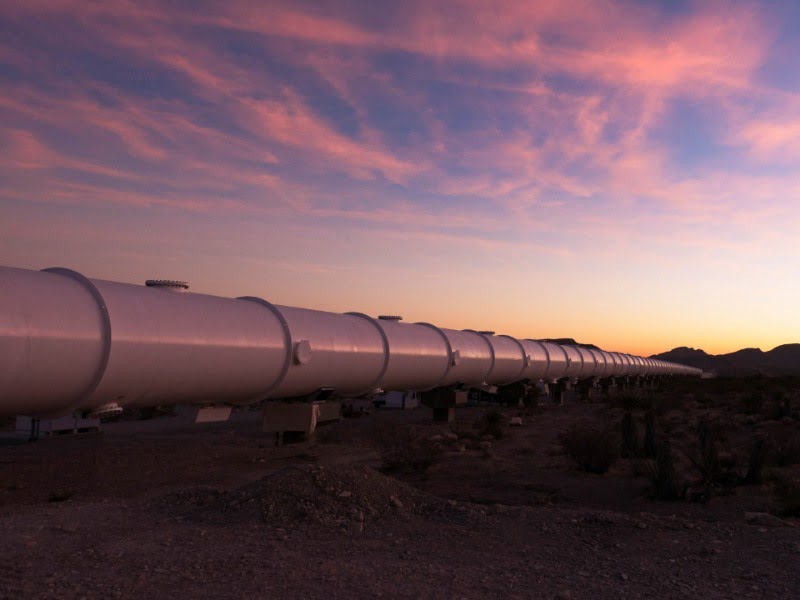Virgin Hyperloop One hopes to get its hyperloop services up and running for passengers before the end of 2030.
To many, this is an ambitious goal. But for the company, it’s a matter of working closely with governments around the world to turn what is considered a ‘visionary’ idea into a reality.
“Building the technology is one thing, but getting it regulated and certified for safety is another,” Virgin Hyperloop’s global communications chief Ryan Kelly told InnovationAus.com.

“We’ve taken the approach that we need to work very closely with our government partners at local, state, and federal level to understand what their concerns are about the future, such as when they’re thinking about things like city planning and sustainability,” he said.
“If you look at our projects around the world, we’re a tech provider at the end of the day. We really need to coordinate with governments, because unlike ridesharing, for instance, we can’t just plop a hyperloop in the middle of the city and beg for forgiveness.”
Mr Kelly argues that unlike other modes of transport, there are certain features of hyperloop that would make it potentially easier to regulate.
“For regulators when they think about things like drones and autonomous vehicles, there are so many different things that come with that. They must be careful about how they regulate it,” he said.
“With Hyperloop One, we are a closed system. The number one safety concern about high-speed rail is maglev and [railway] crossings. Because we’re in a tube, we’re not affected by the weather or by [railway] crossings.
“We are also an autonomous system. However, with other autonomous vehicles, you have to think am I looking after the person in the car? Am I looking after the person on the street? Am I making a decision about turning right or left? Am I making an ethical call on who am I putting in danger and keeping safe?
“We don’t have any of those things, so in a lot of ways our product is inherently safer than other modes of transportation, but the onus is on us to prove it.”
One country where the company has started to make headway in is India, after an intent to build agreement was signed with the Chief Minister of Maharashtra Shri, Devendra Fadnavis.
“We’re working through the procurement process in India right now and our plan is to create a test site where regulators from all around the would be able certify that our product works and it’s safe for passengers, and hopefully be able to build the Mumbai to Pune route by end 2029,” Mr Kelly said.
Mr Kelly said there is growing interest from other governments around the world, including Australia.
A parliamentary inquiry into automated mass transit was launched last October the aim to make mass transit systems “better, stronger and faster”, according to chair of the Infrastructure, Transport and Cities Committee chair John Alexander.
Similarly, in the United States, the Department of Transport has setup the Non-Traditional and Emerging Transportation (NETT) Council to support transportation projects including hyperloops by making sure that government red tape does not impede on companies from deploying such technologies.
Last month, the Canadian government launched a tender to examine the potential of hyperloops.
Do you know more? Contact James Riley via Email.

